Blue spectra are the highest frequency spectra of visible electromagnetic waves observed by the human sense. From the point of view of quantum photons, blue is the most energetic of the white illumination of the visible spectra. For these reasons, it is technologically suitable for the production of photons generating the converted type with lower energy after the impact of higher energy photons on the converter-phosphorus mixture or barite of white LEDs.
LED lamp STARLIT 44W
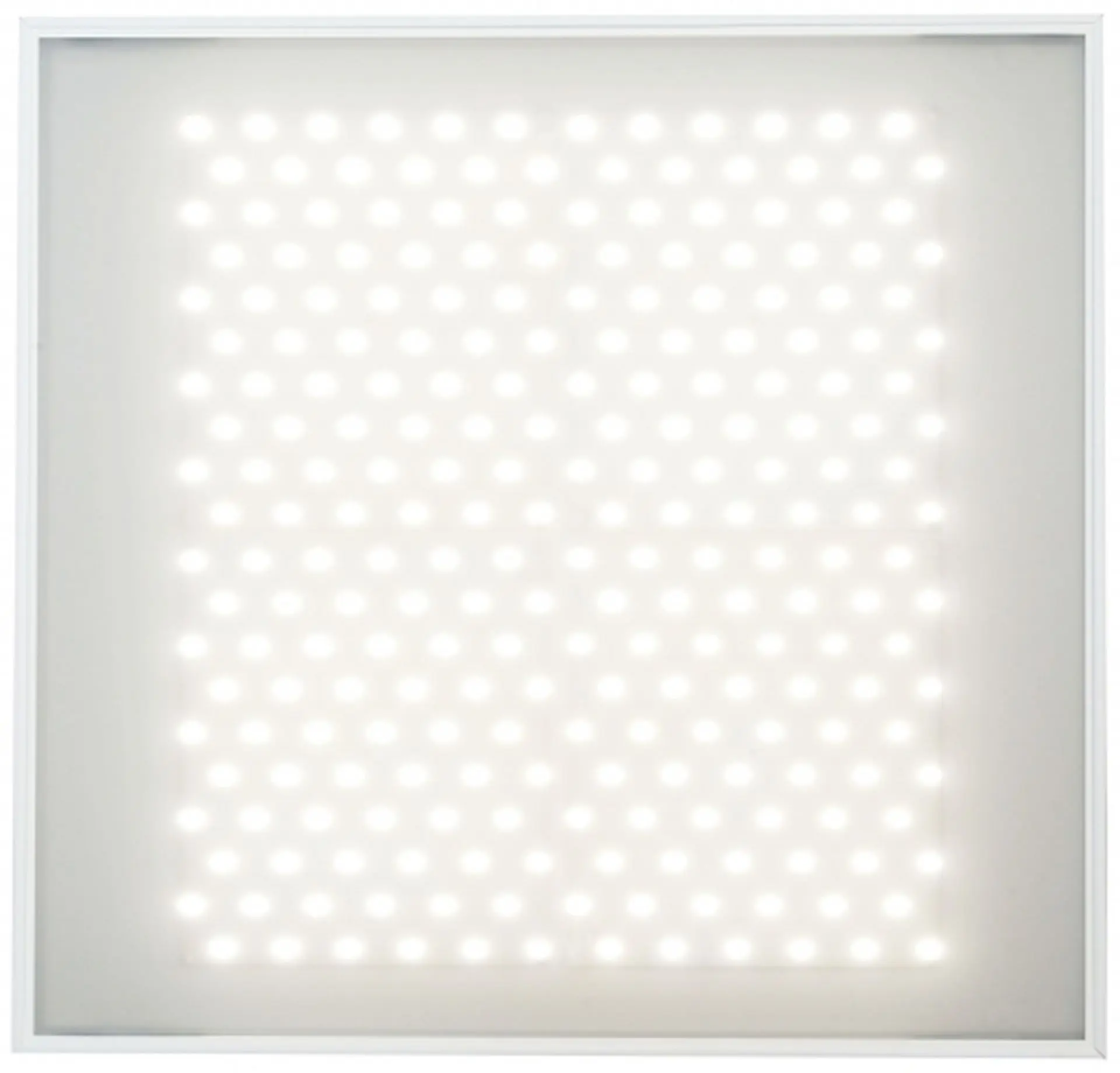
Panel LED light fixture STARLIT is suitable for commercial areas. With suspension system is intended for space installation. Dimensions is 600mm x 600mm with visible height of fixture 20mm without LED driver. The LED driver has height 35mm. Fixture STARLIT is supplied by constant current 1,12A. Light upped LED light sources Osram Duris E5 look like Star sky without flickering effects. Total input power is typical 44W, within mains tolerance ±10%. Connection of mains to the LED driver is provided withot protected wire. Withstand more then 20MΩ. Optical features of the foil HD satin glued on the polycarbonate, limits discomfort glare and improve spatial uniformity of the light. LED diodes are selected with regard to narrow tolerance of the correlation of color temperature CCT 4000K ± 100K. Number of LED diodes is 240. Color rendering index CRI is typical 85.
Technical parameters of the device:
| LED MODULE | PARAMETERS |
|---|---|
| Luminous flux | 5600lm ; 1000lx |
| CCT: color temperature correlation | 4000K ± 100K (contrasting white) |
| CRI: color rendering index | 82 |
| Efficiency | 125lm/W |
| Coverage level | IP 20 |
| Lifespan | 50 000hours @70% LM |
| Dimensions | 4 x (420mm x 220mm) |
| Weight | 4 x (220g) |
| Frame | white-aluminum |
| LED DRIVER | PARAMETERS |
| Input network voltage | 230VAC - (184VAC až 253VAC) |
| Network tolerance. voltage | -20% to +10% |
| Input frequency | 47Hz až 63Hz |
| Power factor | >0,93 (THD 15%) |
| Input current | 190mA |
| Input | max. 44W |
| Insulation strength (prim. sec.) | 3kV (6sec.) |
| Insulation resistance 500V | >20MΩ |
| Output power | max. 40W |
| Efficiency | 89% |
| Input current ripple | ±7% @100Hz |
| Ambient operating temperature | 0°C to +40°C |
| Ambient working humidity | max. 90% |
| Dimensions | 90mm x 55mm x 30mm |
| Weight | 200g |
| Lifespan | 32 000hours @90% CL |
| LED LAMP | PARAMETERS |
| Lamp dimensions | 600mm x 600mm x 40mm |
| Diffuser dimensions | 590mm x 590mm x 3mm |
| Storage temperature | -20°C to +55°C |
| Weight | 4kg |
| Specification | IEC61000-3-2 |
| Safety specification | EN61347-2-13 |
| Low electromagnet. interference | EN55015:2010 |
| Info. | ↓ contents ↑ harmonics, Wago |
LED lamp STREETSTICK 42W
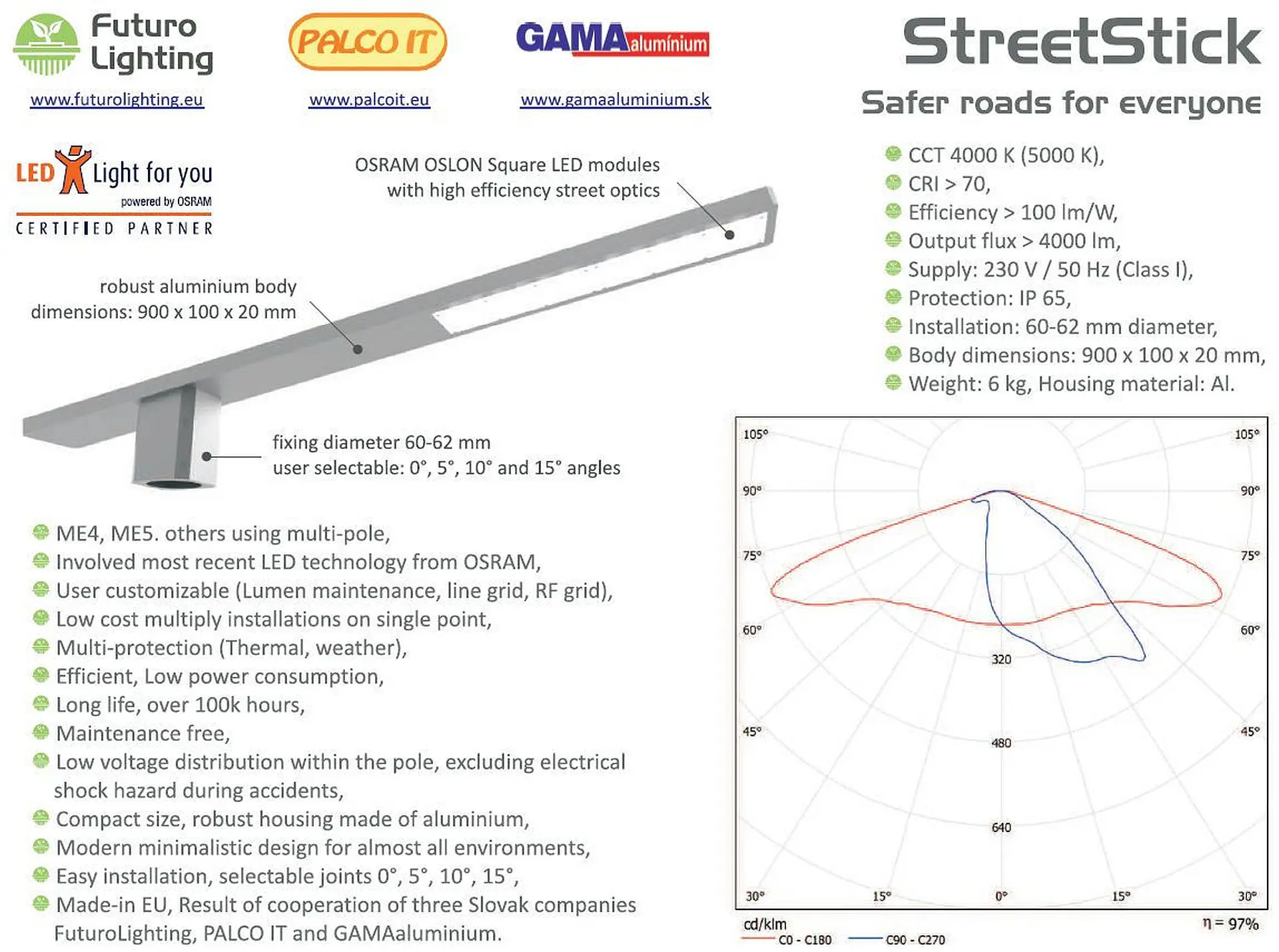
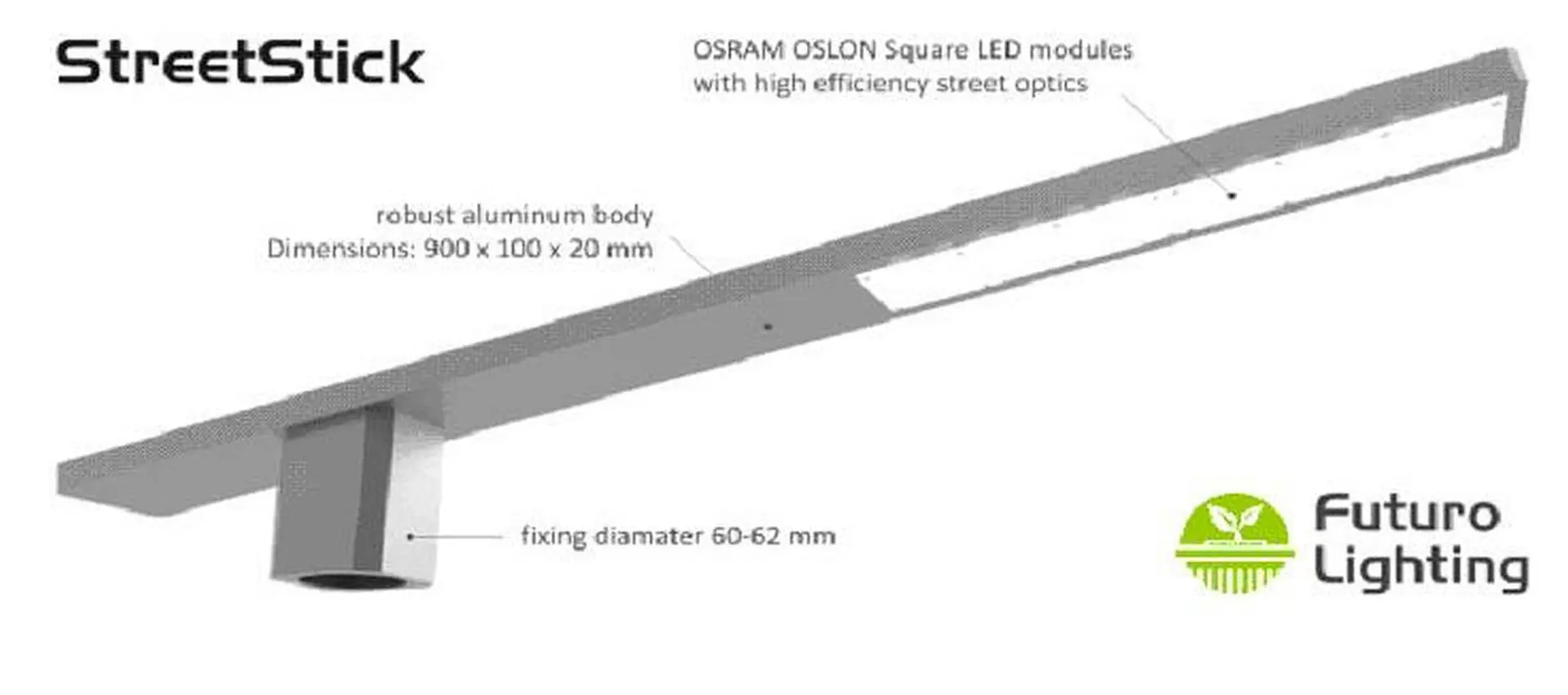
StreetStick low-cost modern street fixture. StreetStick, already its name describes the shape of the fixture. It is characterized by simple minimalistic design. Fixture is formed in a robust piece of aluminium stick. It has implemented two 20W LED modules equipped by 12x latest OSRAM OSLON Square LEDs focused by street optics from LEDIL. This fixture is result of cooperation of three local Slovak companies, FuturoLighting design and system development of the fixture, PALCO IT SMPS design and GAMAaluminium aluminium processing. Thermal tests has shown good thermal dissipation across the fixture body reaching hot spot at 43°C at Ta=25°C. Fixture body has dimensions of 900mm x 100mm x 20mm and weight of 6kg. It emits over 4000 lm with CCT of 4000K or 5000K and CRI above 70. The whole fixture is made of aluminium, which is naturally anodized and offers robust environmental resistance. This fixture is designed to be used especially for ME4 and ME5 class streets, and many other applications inclooding, walking, bicycle roads, parks and offers high efficiency above 100lm/W and long life. StreetStick requires NO maintenance other than regular dusting/cleaning during whole product life. Servicable SMPS switching mode power supply can be replaced esily without need to touch the fixture, because is located at the bottom of the pole. To keep low costs and high quality product without affecting design, user can select from various fixed joints ranging from 0° to 15° in 5° decrements, measured to vertical axis. Due to used installation principle multipole installation requires only single SMPS according to number of fixtures, thus decreasing installation costs for such multi pole systems 2,3 or 4 fixtures on single pole extending its usage for higher road classes. Fixture can be additionally equiped with optional modules, like, two phase dimming controll, midnight detection for energy saving, RF grid for diagnostic and fixtures controll, and others according to customer requirements.
Fields of applications:
Street Lighting ME4 and ME5, other with multi-pole installation, walking roads lighting, bicycle roads lighting, park lighting.
Benefits:
Low initial, installation and maintenance costs, simple fresh look for recent cities, smooth surface excluding dust collection, efficient low power consumption, long life, compact size robust housing made of aluminium.
Project credits:
OSRAM Opto Semiconductors, LEDIL, PALCO IT, GAMAaluminium, Rutronik.
LED lamp STREELITGREEN 10W and 20W
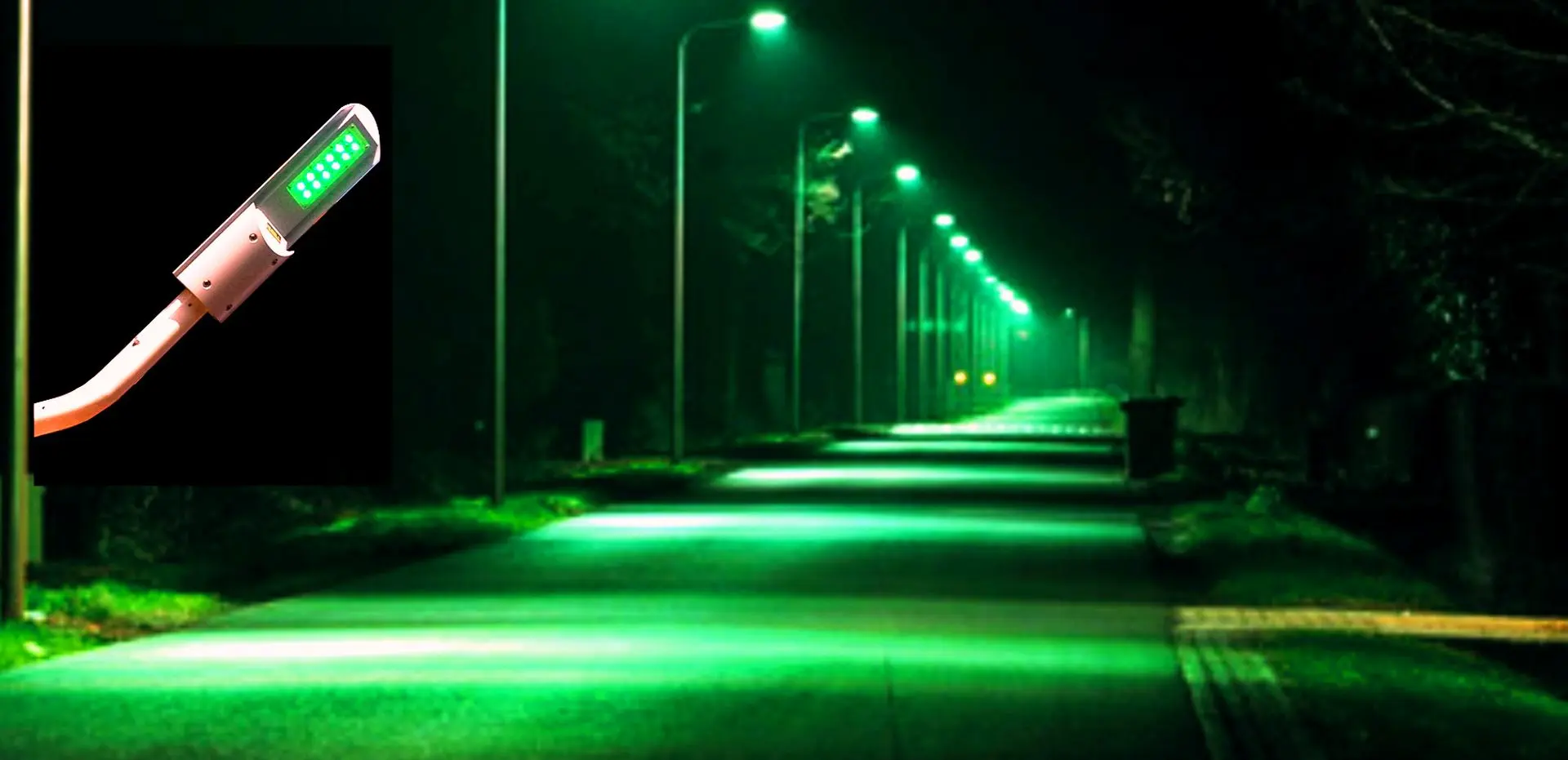
LED lamp HIGLIT 80W
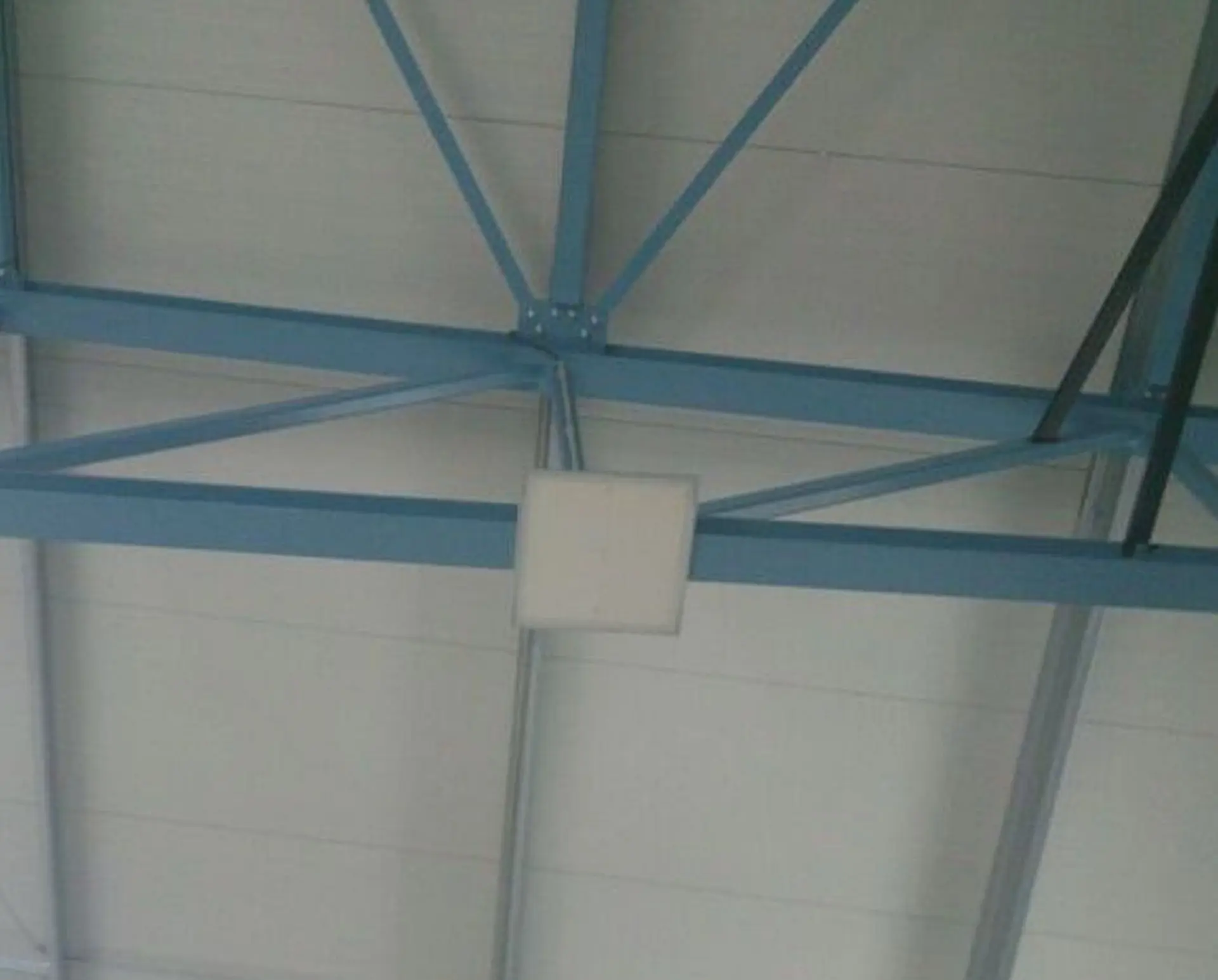
Industrial LED light HIGLIT is designed to illuminate industrial halls and interior spaces. It is adapted for mounting to 3m to 6m in height. Measurements are 460mm x 460mm x 25mm without LED drivers. Themselves drivers are placed in the installation box. HIGLIT lamp is powered by a DC constant current max. 2A, which does not cause flickering of the light sources. Total power consumption is 80W. LED drivers are independent to be connected to mains voltage to 50% and 100% of rated output current. The wattage at half output current is 40W. Optical properties of the lamp determines diffuser with HD Satin foil that prevents excessive interference glare. LEDs light source are chosen with close tolerance with respect to correlate color temperature, CCT 4000K ± 100K. Number of LEDs Osram DurisE5 is 480 and are drived by 50% of nominal current, thereby increasing the technical life of the lamp. Typical Color Rendering Index CRI 85. Dual LED drivers allows discrete switching to standby mode half the power. Low loss optical diffuser prevents glare interference.
Technical parameters of the device:
| LED MODULE | PARAMETERS |
|---|---|
| Luminous flux | 7800lm ; 200lx |
| CCT: color temperature correlation | 4000K ± 100K (contrasting white) |
| CRI: color rendering index | 85 |
| Efficiency | 97lm/W |
| Coverage level | IP 20 |
| Lifespan | 50 000hours @70% LM |
| Dimensions | 4 x (420mm x 220mm) |
| Weight | 4 x (220g) |
| Frame | white-aluminum |
| LED DRIVER | PARAMETERS |
| Input network voltage | 230VAC - (99VAC až 254VAC) |
| Network tolerance. voltage | -20% to +10% |
| Input frequency | 50Hz to 60Hz |
| Power factor | >0,95 (THD 15%) |
| Input current | 190mA |
| Input | max. 80W ; saving: 40W |
| Insulation strength (prim. sec.) | 3kV (6seC.) |
| Insulation resistance 500V | >20MΩ |
| Output power | max. 80W |
| Efficiency | 89% |
| Input current ripple | ±7% @100Hz |
| Ambient operating temperature | 0°C to +40°C |
| Ambient working humidity | max. 90% |
| Dimensions | 90mm x 55mm x 30mm |
| Weight | 200g |
| Lifespan | 32 000hours @90% CL |
| LED LAMP | PARAMETERS |
| Lamp dimensions | 460mm x 460mm x 25mm |
| Diffuser dimensions | 350mm x 350mm x 3mm |
| Storage temperature | -20°C to +55°C |
| Weight | 2,5kg |
| Specification | IEC61000-3-2 |
| Safety specification | EN55015, EN550222006 + A12007, CISPR22B |
| Low electromagnet. interference | EN60950-12006 + A112009 |
| Info. | ↓ contents↑ harmonics, Wago |
LED lamp STREELIT 20W AND 40W
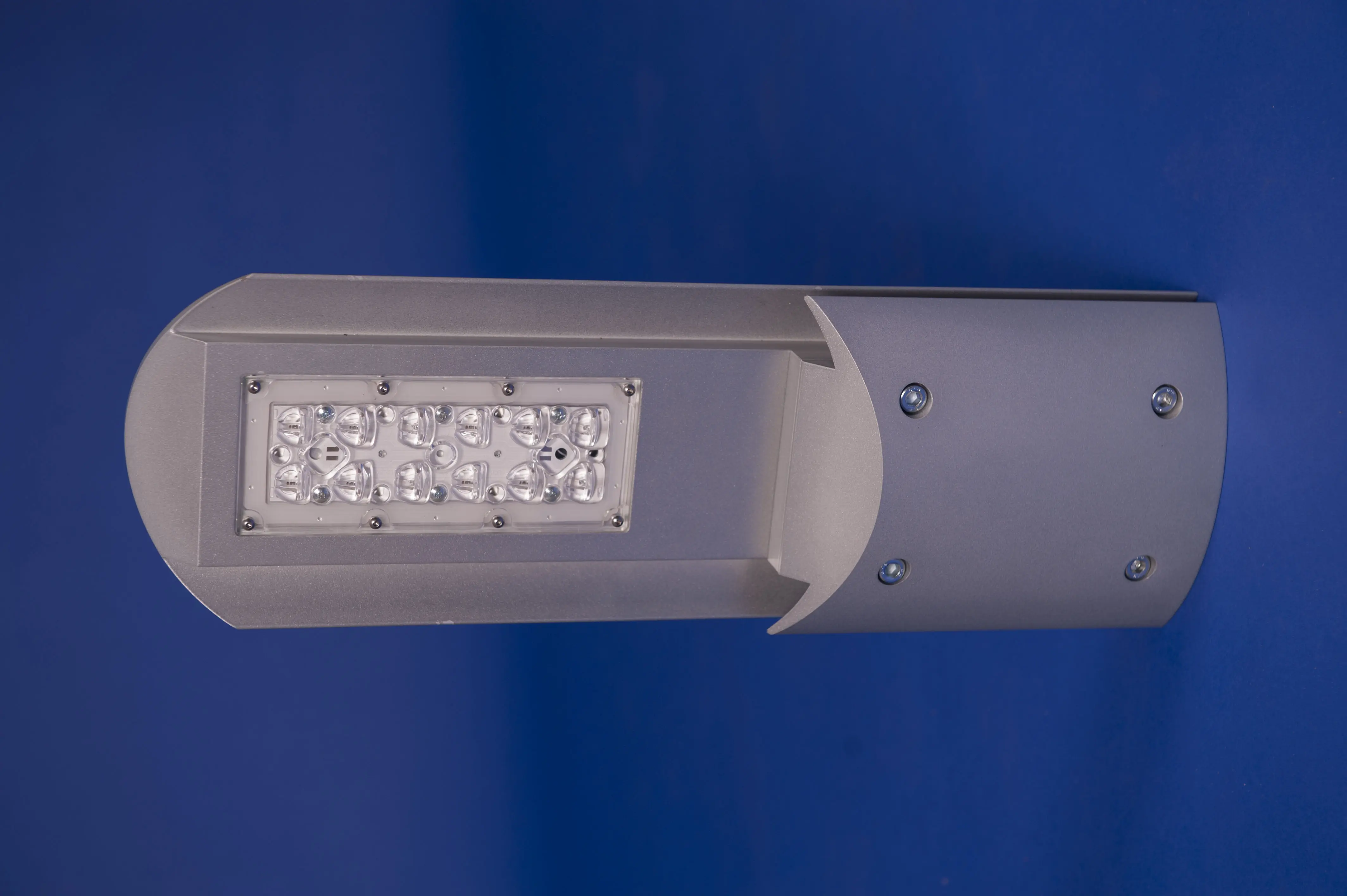
STREELIT lamp is powered by a DC constant current max. 1A, which does not cause flickering light sources. Total power consumption is 40W lamp. LED ballast is regulated at levels of 50% and 100% of rated output current. At minimum stream power is 20W lamp. LED street lamp STREELIT is designed for outdoor spaces suitable for lighting streets and roads 1class. It is adapted for mounting bracket lamp posts. Dimensions are 600mm x 160mm x 100mm. Optical properties of the lamp determines the secondary optics with characteristic MSO - Medium Street Optic. Used LEDs - light source are chosen with close tolerance with respect to correlate color temperature, CCT 4000K ± 100K. Number of LEDs Osram OSLON Square PC 24, are mounted on an aluminum profile with a thermal resistance of less than 1.1°K/W, which enables operation in ambient temperatures up to 40°C. LED excitation light source with a 20% margin of nominal current, thereby increasing the technical life of the lamp. The luminaire has an alternative integrated control unit with the management of artificial midnight. Power Save Mode 50% input is turned on at 23:00 pm, followed at 4:00 o'clock again switches to the nominal mode 100% input. Lamp will operate under set time profile after two consecutive recognized operational night on and off the lamp according to the astronomical clock or under photocell. If the lamp still does not recognized switching management under artificial midnight implicitly switches to power saving mode according to a preset profile - four hours after power is in nominal mode, the following five hours in power-saving mode, after which until you turn off the lamp is operated at nominal mode.
LED lamp STREELIT 20W:
| LED MODULE | PARAMETERS |
|---|---|
| Luminous flux | 2000lm |
| CCT: color temperature correlation | 4000K ± 100K (contrasting white) |
| CRI: color rendering index | 80 |
| Efficiency | 100lm/W |
| Coverage level | IP 65 |
| Lifespan | 50 000hours @70% LM |
| Dimensions | - |
| Weight | - |
| Frame | gray-aluminum |
| LED DRIVER | PARAMETERS |
| Input network voltage | 230VAC - (186VAC až 254VAC) |
| Network tolerance. voltage | -20% to +10% |
| Input frequency | 47Hz to 63Hz |
| Power factor | >0,80 (THD 15%) |
| Input current | 550mA |
| Input | max. 20W |
| Insulation strength (prim. sec.) | 4kV (6sec.) |
| Insulation resistance 500V | >20MΩ |
| Output power | max. ?W |
| Efficiency | 88% |
| Input current ripple | ±3% @100Hz |
| Ambient operating temperature | -25°C to +40°C |
| Ambient working humidity | max. 90% |
| Dimensions | - |
| Weight | - |
| Lifespan | 24 000hours @90% CL |
| LED LAMP | PARAMETERS |
| Lamp dimensions | 450mm x 160mm x 100mm |
| Diffuser dimensions | 150mm x 100mm x 3mm |
| Storage temperature | -25°C to+55°C |
| Weight | 4,5kg |
| Specification | IEC61000-3-2 |
| Safety specification | EN60950-1:2006 + A11:2009 |
| Low electromagnet. interference | EN55015:2010, EN55022:2006 + A1:2007, CISPR22 |
| ECO design | LED ballast stored in a pole and in the ground |
| Class | ME5 |
| Column height | 6m to 8m |
| Optics | MSO |
LED lamp STREELIT 40W:
| LED MODULE | PARAMETERS |
|---|---|
| Luminous flux | 4000lm |
| CCT: color temperature correlation | 4000K ± 100K (contrasting white) |
| CRI: color rendering index | 80 |
| Efficiency | 100lm/W |
| Coverage level | IP 65 |
| Lifespan | 50 000hours @70% LM |
| Dimensions | - |
| Weight | - |
| Frame | gray-aluminum |
| LED DRIVER | PARAMETERS |
| Input network voltage | 230VAC - (184VAC až 254VAC) |
| Network tolerance. voltage | -20% do +10% |
| Input frequency | 50Hz to 60Hz |
| Power factor | >0,95 (THD 15%) |
| Input current | 1,8A |
| Input | max. 40W |
| Insulation strength (prim. sec.) | 4kV (6sec.) |
| Insulation resistance 500V | >20MΩ |
| Output power | max. ?W |
| Efficiency | 89% |
| Input current ripple | ±3% @100Hz |
| Ambient operating temperature | -25°C to +40°C |
| Ambient working humidity | max. 90% |
| Dimensions | - |
| Weight | - |
| Lifespan | 32 000hours @90% CL |
| LED LAMP | PARAMETERS |
| Lamp dimensions | 600mm x 160mm x 100mm |
| Diffuser dimensions | 250mm x 100mm x 3mm |
| Storage temperature | -25°C to +55°C |
| Weight | 6kg |
| Specification | IEC61000-3-2 |
| Safety specification | EN60950-1:2006 + A11:2009 |
| Low electromagnet. interference | EN55015:2010, EN55022:2006 + A1:2007, CISPR22 |
| ECO design | LED ballast stored in a pole and in the ground |
| Class | ME4, ME5 |
| Column height | 8m to 12m |
| Optics | MSO |
Development KIT
Warning shock hazard!!! High currents and high voltages, on the primary side galvanic connected with mains, may be hazardous, even lethal. Hence, the driver should be operated by qualified technicians only. PALCO IT takes no responsibility for any consequence that may result from the use of this document or the application described herein.
The development kit ACDC PFC 44 is the comprehensive set for the test and preproduction of the 44W LED driver, with active Power Factor correction. Topology is the typical FlyBack operating in quasi resonant mode. There is optimized for 12 LED string with nominal current 1,05A.
Applications:
- Home LED lighting.
- Office panel LED lamps.
- Industry high bay lamps.
- Street LED lighting.
Technical parameters of the device:
| NAME | PARAMETERS |
|---|---|
| Input | max. 44W |
| Configurable | 700mA |
| Current | 1,05A |
| Voltage | 40V - (184VAC to 253VAC) |
| Power factor | 0,93 |
| Efficiency | 89% |
| Frequency | 47Hz to 63Hz |
| Insulation voltage (prim. sec.) | 3kV (6sek.) |
| Safeness | SELV |
| Operation temperature | -20°C to +45°C |
| Storage temperature | -20°C to +55°C |
| Optimized for | 12pcs. @3W |
| Dimensions | 89mm x 55mm x 35mm |
| Specification | IEC61000-3-2 |
| Safety specification | EN61347-2-13 |
| Low electromagnet. interference | EN55015:2010 |
LED driver description
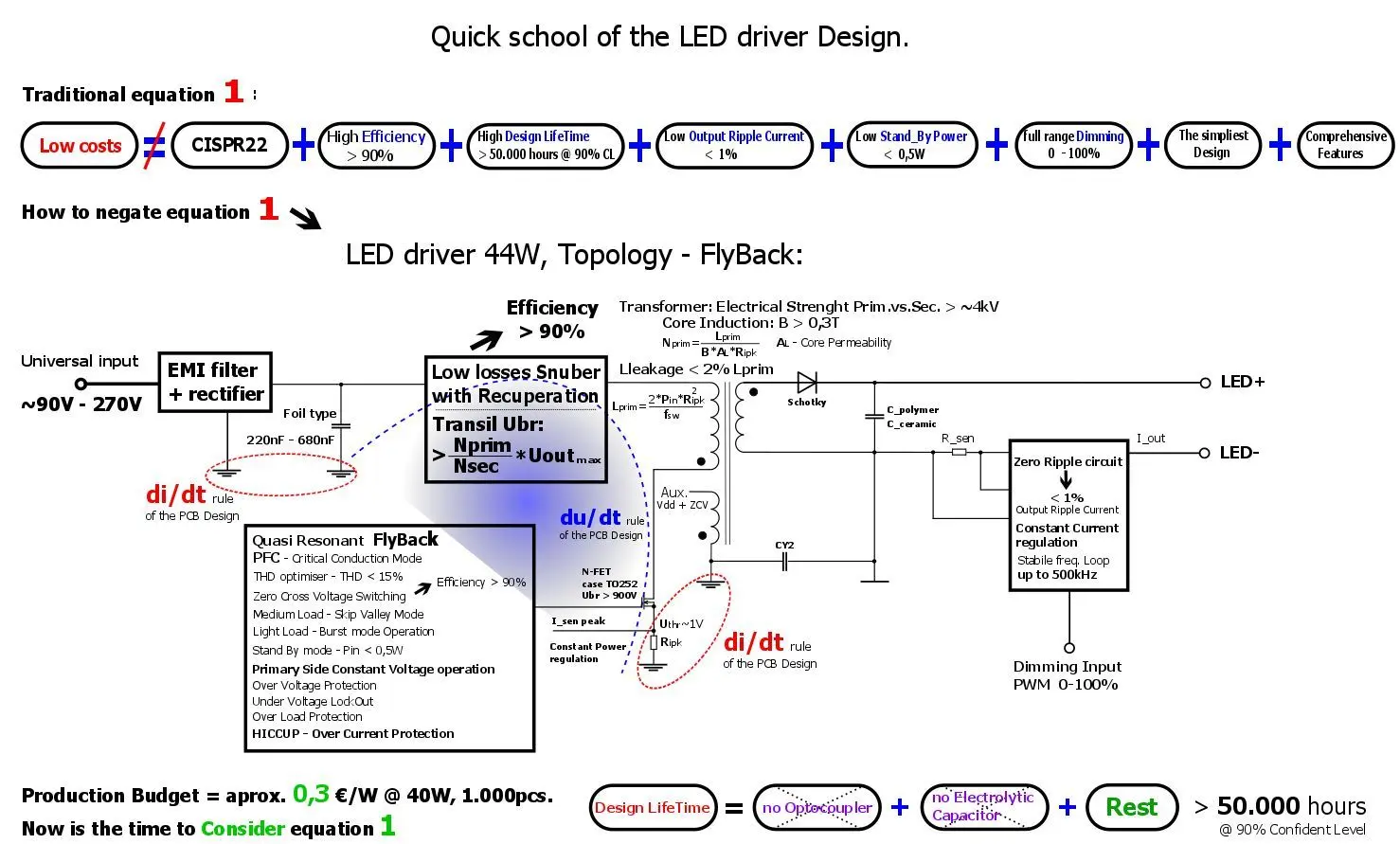
Proper filtering is a must, there is a standard. Class D surge protection with varistor - use is inconsistency. This can cast a bad shadow on the conductor by frequently breaking the fuse caused by surges in the electricity. This is mainly the surge protection of the building's electricity as a whole.
The most used types of topologies:
- Simpler quasi-resonant Flyback with implicit active power factor correction for input power up to 120 W.
- More complicated resonant LLC for input power over 200 W.
Flyback, reliability or MTBF topology driver:
- Input electrolytic: BULK capacitors, active PFC topology eliminates them - higher reliability.
- The damping capacitor: is of the foil type, not the ceramic type.
- The secondary rectifier: is an ideal SiC diode using a schotky diode than the excessive dimension twice takes into account the assignment voltage the sum of the output voltage + the reflected primary voltage is divided by the input voltage by the ratio of transformation and rotation.
- Secondary electrolytic capacitors: polymer type 4 or 6 in parallel or tantalum types. Two pieces applied - lower current ripple at 105°C with ESR.
- Primary sensing: is suitable e.g. LT3799-1 because the optocoupler is excluded as a potential source of failure. In SMPS, MosFET acts as the sum of four edges - rectified input voltage nominal 325V, Reflected secondary voltage ~ Vout * Ntransformer. Leak induction peak, can be suppressed by Snuber 50 V to 200 V. A fault voltage of 900V MosFET is required.
- Primary sensing: has a worse effect on the SMPS control loop - good current control ±2 % secondary sensing predicted with very long PI correction below 10 Hz of the current part of the control in constant current mode to suppress LED flicker caused by mains frequency - good result ±5 %. Comparable to primary sensing with good control technology in the control circuit.
AndroLit LED lamp
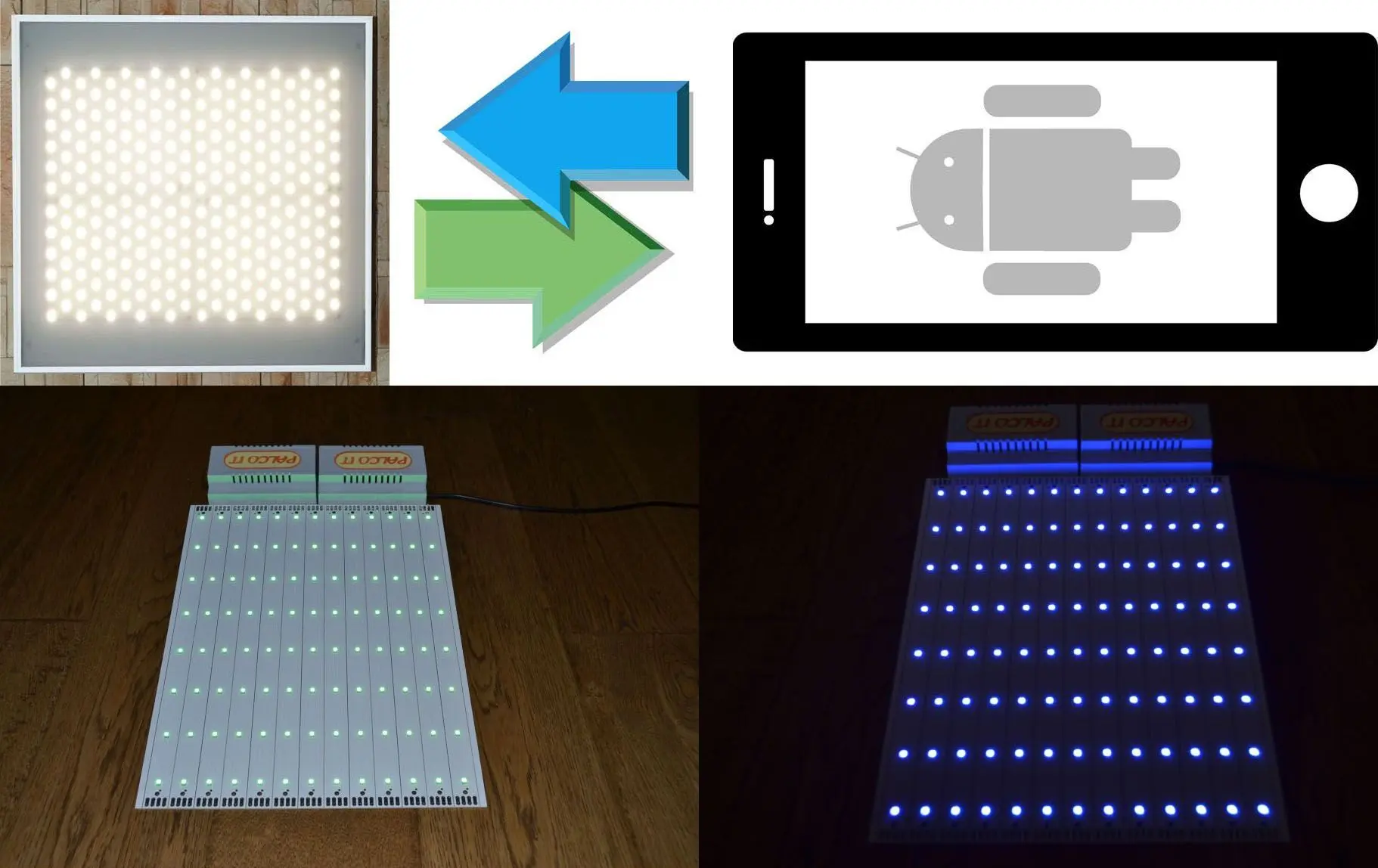
AndroLit PALCO IT ©16 - Remote controlled luminaires for everyone. Controlled from any Android device Mobile, Tablet, TV, Watches. Wireless bi-directional control, management and regulation. Functions: time management, management of Artificial midnight, lighting management, management access of people. Remote management: evaluation of energy savings, evaluating the investment return, evaluation of annual revenue from investments.
Remote management of color LED lights PALCO IT. Remote control of colored LED lights PALCO IT, using an android device with Bluetooth. Luminous flux setting for individual color RGB channels in the range of 0% to 100%. The application contains 4 independent color scenes selectable with the 1 to 4 buttons. With the SET button, the luminous flux levels of the individual RGB channels are written to the non-volatile memory of the EEPROM LED ballast and at the same time for the respective selected theme, to the Android device. The DEMO button starts the color demo illumination with a minute cycle. Press again to turn off the demo.
The application remotely controls the colored LED lights PALCO IT, using an android device. Allows you to set the luminous flux of each color RGB channel in the range of 0% to 100%. We can choose, set and remember one of 4 color themes. The application also includes a color demo - illumination with a minute cycle.
Technical parameters of the device:
| NAME | PARAMETERS |
|---|---|
| Power | 8W až 44W |
| Efficiency | 120lm/W with difuser |
| CCT | 2700K až 4000K |
| CRI | 85 to 90 |
| Adjustable 8W to 16W | 0% to100% |
| Adjustable 32W to 44W | 10% to100% |
| StandBy | to 1W |
| Livespan | 40 000hours |
Operating profit
Measurement of power consumption. Analysis of mains parameters. Evaluation of economic and statistical indicators.
Questions preceding the decision to invest:
- Increase technology machine production capacity over currently?
- Technology reduces operating costs and thus increase the efficiency?
- We will create some additional benefits?
- It is an investment in technology final?
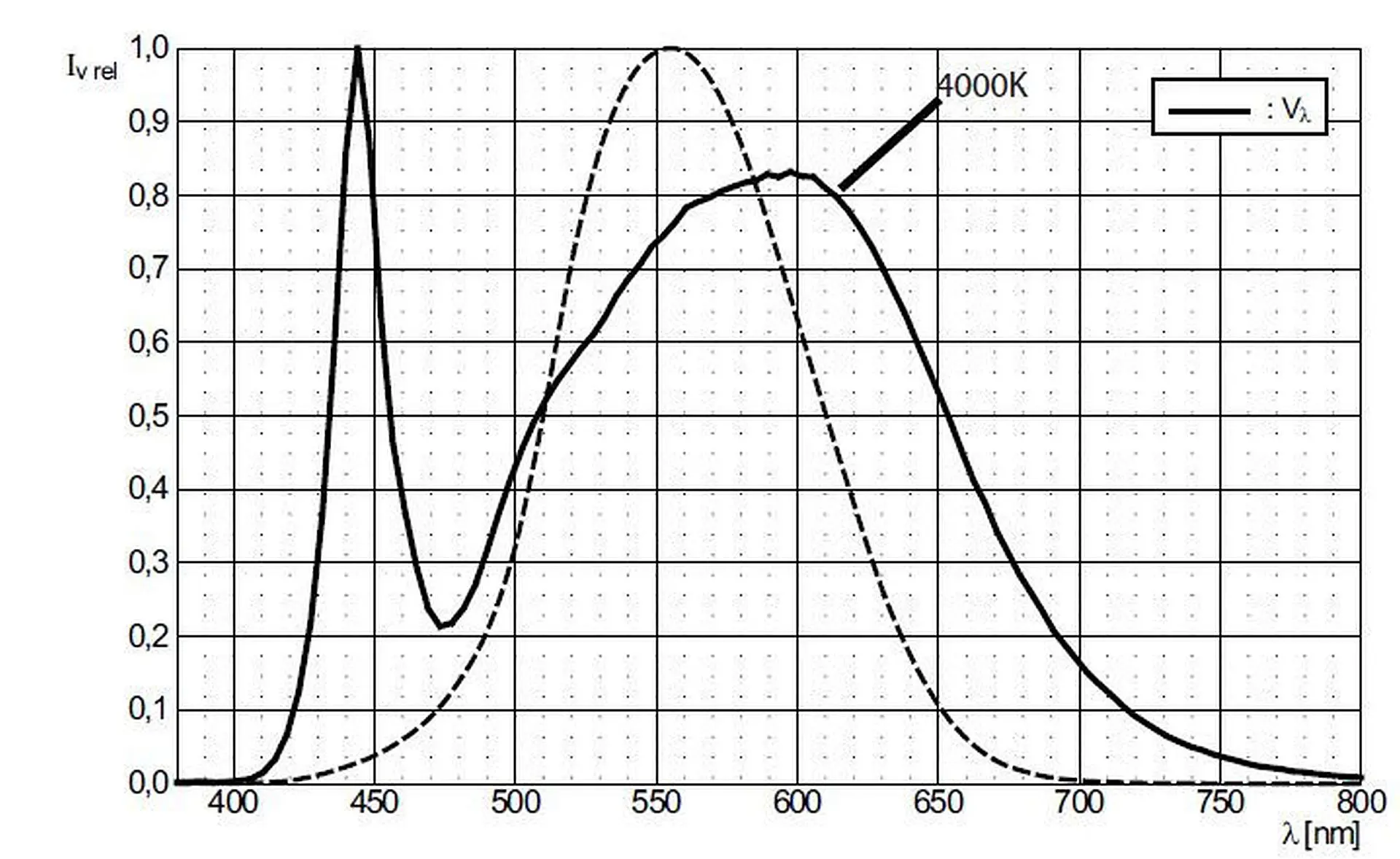
Costs for investment:
- Initial Cost: purchase, transportation, installation, commissioning.
- Operation and Maintenance Cost: over the life of technology.
- Fixed Cost: relatively constant for example levies, taxes, salaries.
- Variable Cost: dependence on operating activities.
- Incremental or Marginal Cost: determined from variable costs, eg. increase in performance of some of the technology.
- Sunk Cost: usually ignored by them.
- Adjustment Cost: on end of technical life.
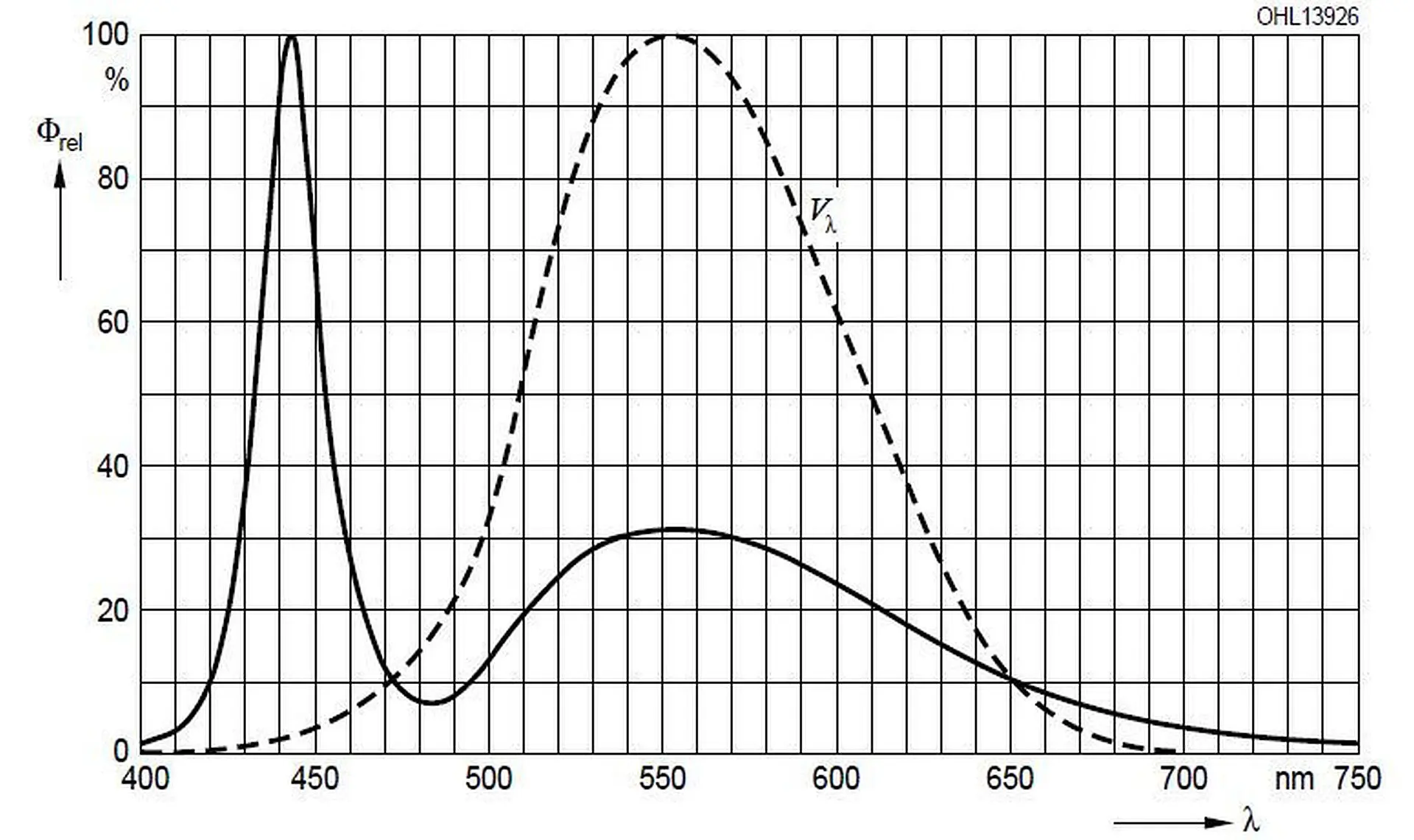
Economic variables related to the time:
- The purchasing power of money finance: themselves typically declines over time. When investing associated with reward, in this case usually grows.
- Price of technology: typically decreases by time.
- Price of raw materials: grows by time.
- The interest rate [%]: Interest - the amount of borrowed funds by banking institution for the use of funds . Depends not only on economic variables over time may rise or fall.
- Strength of human thoughts: almost infinite value . Little used we act as thought patterns.
Methods for evaluating the profitability and return invesments predictive methods:
- Payback Period PP: SPP - Single Payback Period, DPP - Discounted Payback Period. Counts with time value of money. Iterative calculation.
- Return on Investment ROI: DPP - Discounted Payback Period. Involve with time value of money. Iteration method.
- These two methods are not consistent there aren’t articulated, unsuited with cost over the technical life of technology, do not consider timing cash flow, do not include any costs associated with the specifics of accounting firms: DPP - Discounted Payback Period. Involve with time value of money. Iteration method.
- Provide a rough approximation investment values. Rough predictive: DPP = year ago + Cost at beginning of year / Cash Flow during a year.
- However, they are simple, quick, relatively denouncing to measure the profitability of future investments. Lower investment in capital, sufficient for the decision to invest. Weakest method is ROI, since time does not reflect cash flows, that we reduce economic efficiency of the project: ROI = Profit from investments - Investment costs / Invest costs
Other methods of evaluating the profitability of invesments:
- The total lifetime costs of technology- total LCC - Life-Cycle Cost, present value method.
- The ratio of savings to investment the method - benefit/cost ratio.
- Net Present Value - NPV.
- Internal Rate of Return - IRR.
- These four methods ae more comprehensive, accurate, used for capital powerful investment.
- Calculating the value of money present and future.
- For MAU3 device, suitable methods are SPP for own investments and DPP in the case of credit.
The methods of evaluating the return on invesment SPP:
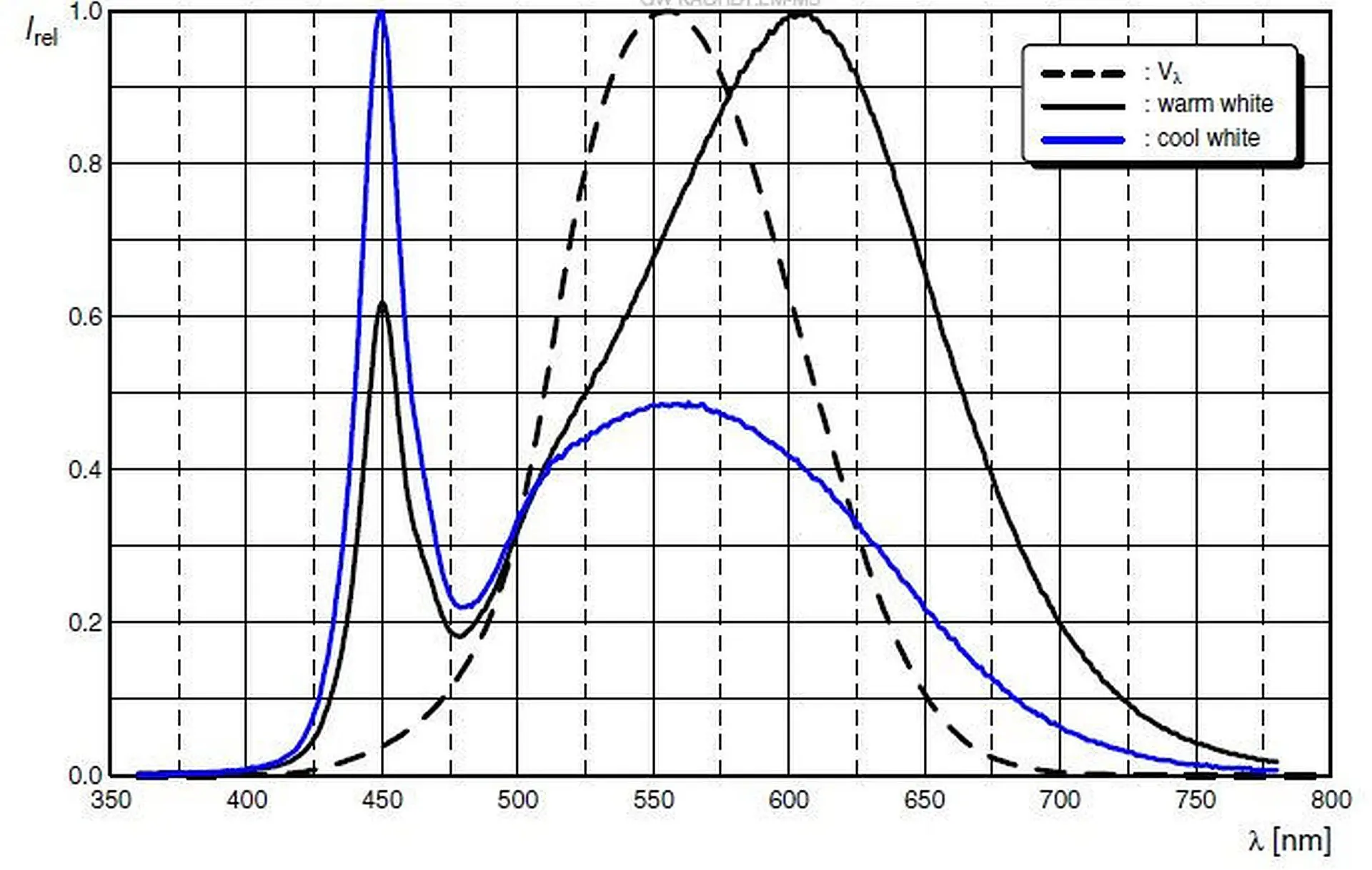
Input parameters:
- Initial Investment.
- Annual cost 0 will not make.
- The rate of electricity.
- 2 and 3 parameter may be updated . An estimate of the number of years months, days to return investmen.
The methods of evaluating the return invesment DPP:
| NAME | AMOUNT | END | YIELD |
|---|---|---|---|
| Initial investment | 10 000 € | - | - |
| The discount rate | 5% | - | - |
| Annual gross income | 3 000 € | - | - |
| 1.year | 3 000 €/1,05 | =2 857 € | Returns net |
| 2.year | 3 000 €/1,1025 | =2 721 € | Returns net |
| 3.year | 3 000 €/1,1576 | =2 592 € | Σ=10 638 € |
| 4.year | 3 000 € / 1,2155 | =2 468 € | Σ=8 170 € |
Return on investment in 3 years and 9 months ward parameters:
- Initial Investment.
- The rate of electricity.
- Discount rate in % 2 and 3 parameter may be updated. An estimate of the number of years months, days to return investment.
Brief guide to better invesment. Before you decide to invest in the development. Making GO/NO-GO project decision:
- Focus on „cash flows: less on profits. Better a sparrow in the hand than a pigeon on the roof proverb. Accounting profits contain a number of economic fictions assumptions, on the other hand, the flow of funds is economic fact manifested reality.
- Focus on growth „cash flows: carefully imagine alternatives to the project affect change cash flows thus, the desired additions.
- Calculate over time„Time is money: investors naturally prefer the timing of the flow of finance. Cash rather sooner than later preferably immediately. Just use the NPV method - obtained clean the present value of potential investments.
- Calculate the investment: risk. way ride out variable risk is the use of variable discount rate in the calculations, there is most consistent with the investment risk . Recommended inverse relationship - the higher the risk the earlier calculated return on investment.
Example of using of PP method for the exchange of fluorescent tubes for LED light sources:
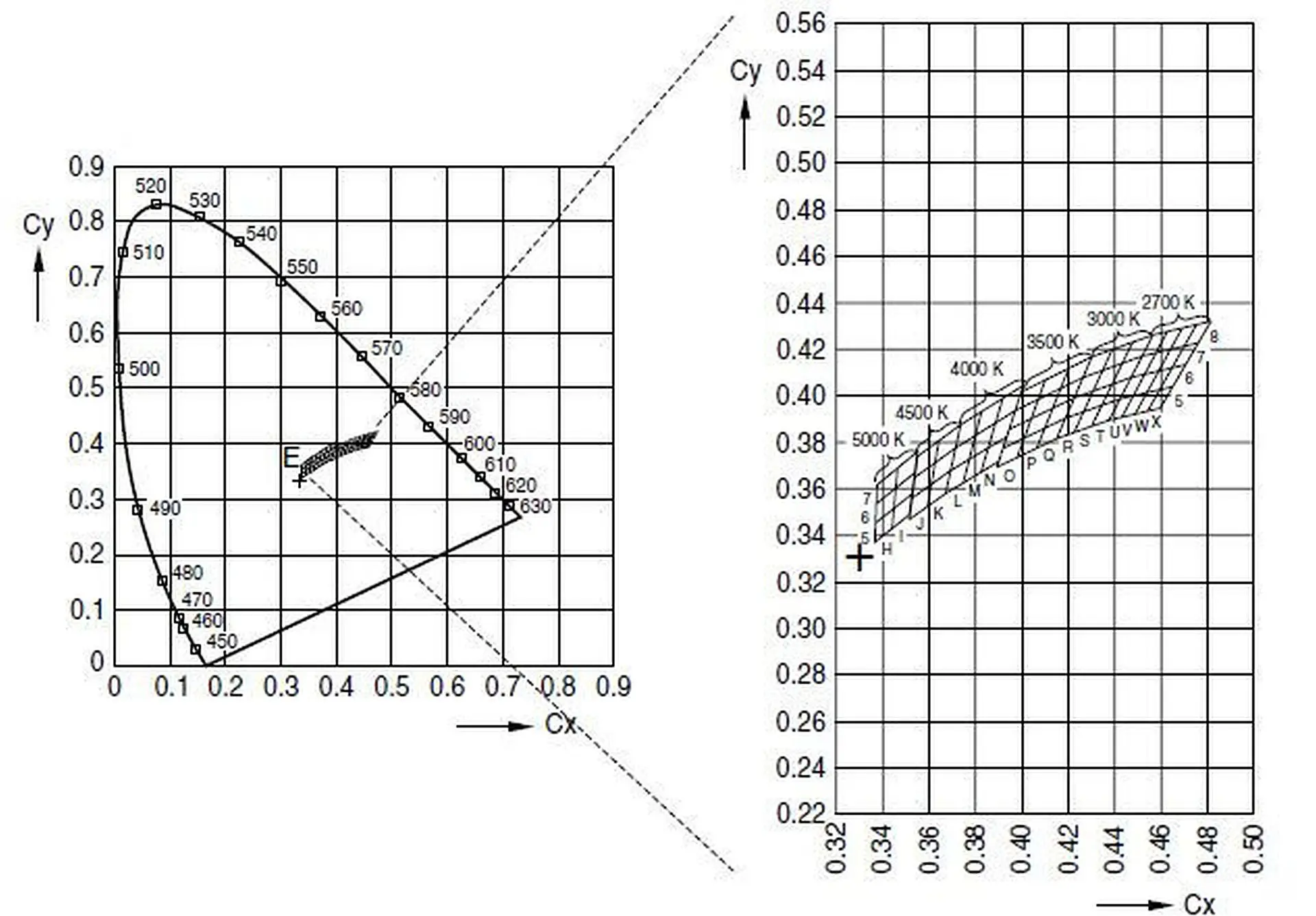
Return on investment, SPP - Simple Pay back Period. 1 piece LED tube lamp, cold white: 120cm. Input parameters for the calculation of PP:
| NAME | PARAMETERS |
|---|---|
| The purchase price of energy saving LED tube | 47,00 € |
| Power consumption saving | 15W |
| LED tube [W] The rate of electricity [€/kWh] | 0,20 € |
| Daytime running lights [hour] | 10hrs. |
| Mode of operation [365-year round, 252-working days] | 252days |
| Equivalent wattage fluorescent tube [W] A | 36W |
| Annual reduction in electricity costs | 10,58W |
| Payback Period (PP) [years] | 4 to 5month |
Evaluation of the cost over the life of technology LCC - Life-Cycle Cost. Calculation of efficiency LED light sources:
| NÁZOV | ŽIAROVKA | - | LED | PARAMETER |
|---|---|---|---|---|
| Príkon | 94,00 | - | 44,00 | W |
| Počet | 4,00 | - | 4,00 | kusov |
| Prevádzka deň | 8,00 | - | 8,00 | hodín |
| Ročná spotreba | 1097,92 | - | 513,92 | kWh |
| Ročná spotreba | 274,80 | - | 128,48 | eur |
| Ročná úspora | - | 584,00 | - | kWh |
| Ročná úspora | - | 146,00 | - | eur |
| Návratnosť investície | - | 5,48 | - | rokov |
| Životnosť hodín | - | 11,99 | - | rokov |
| Úspora po dobu životnosti | - | 7002,16 | - | kWh |
| Úspora po dobu životnosti | - | 1750,54 | - | eur |
| Zisk po dobu životnosti | - | 950,54 | - | eur |
| Ročný výnos z investície | - | 9,91% | - | % |
| Cena diela | - | 800,00 | - | eur |
| Rozdiel nákup ceny | - | 200,00 | - | eur |
| Počet dní | - | 365,00 | - | rok |
| Sadzba | - | 0,25 | - | eur |
| Životnosť | - | 35000,00 | - | hodín |
Lighting technology:
- Incandescent: Thomas Edison 1879, tungsten filament in a vacuum or gas halogen bromine, iodine. The efficacy 10lm/W to 18lm/W , CRI 90%-100%.
- Discharge: fluorescent lamps, discharge lamps, electromagnetic discharge in mercury vapor, in the frequency domain UVB radiation initial issue, subsequently converted optical properties of phosphors to visible spectrum 400nm to 700nm. Efficacy 35lm/W to 200lm/W, CRI 20%-95%.
- LED: Light Emitting Diode, photon emission from semiconductor transition two semiconductor N and P.
- Initial electromagnetic emission in the blue spectrum converted in luminophore barite mixtures or phosphorus on the white spectrum the entire visible spectrum, filtered IR and UV.
- Mixing: 2: dichromatic-BY, 3: RGB trichromatic 630nm, 525nm, 470nm, 4: Tetrachromatic-RGB Cyan for white light, lower CRI.
- Efficacy: 65lm/W to 130lm/W, CRI 70%-95%. Per capita CO2 emissions in Slovakia: 2003-0,2kg/kWh, 2009-0,17kg/kWh.
- Standard: EN 12464-1 interior, exterior. Table No.: 3.5 conference rooms 500lx, RA80 Lighting should be controllable.
- Basic light physical quantities:
- Light - electromagnetic radiation: which is due to its wavelength visible to the eye.
- Luminous intensity I - unit: candela [cd] expressed about the ability of a point source of light in a particular direction induce visual perception.
- Illumination E unit: lux [lx]. 1 lux is lighting caused by 1 lumen luminous flux incident on a surface 1 m². E=Φ/S (S is surface).
- Luminous flux Φ unit: lumen [lm]. 1 lumen the luminous flux emitted into one steradian solid angle point source intensity in all directions 1 candela.
- Brightness L unit: candela per square meter [cd/m2]. Share a uniform surface illumination light source and size of the surfaces.
The visible spectrum of light sources the relevant lighting standards:
- EN 12464-1: light and lighting, lighting workspace, part 1 - indoor work areas.
- EN 12464-2: light and lighting, lighting workspace, part 1 - outdoor work areas.
- Conference and meeting facilities: 500lx, UGRL19, Ra80, lighting should be regulated.
Basic electrical quantities, measured analyzed and evaluated by equipment MAU3:
- Voltage URMS [V]: Method of measuring RMS - Root Mean Square, mean square value is applicable only in the harmonic waveform.
- Current IRMS [A]: mean square value is applicable only in the harmonic waveform.
- Frequency [Hz]: of the mains, Mains Frequency.
- The instantaneous power: Active [W], Reactive [VAr], Apparent[VA].
- AHAP - Average hourly active power [W]: The share of active energy for operating hours.
- PF - Power Factor [without unit]: the ratio of active to apparent power, range from 0.0 to 1.0 . Power factor cosΦ, the phase shift between voltage and current, can be applied only in the harmonic waveform.
- DF - Distortion Factor: can by replaced PF by a very distortion the current.
- CF - Crest factor: the ratio of peak values to the average value.
- Consuption [kWh]: time integration of active power, electrical work.
- Energydistortion [%]: contrast of the wide-spectrum active energy time integration of active power and its fundamental component 50Hz or 60Hz, expressed in a percentage.
Principle of evaluation electricity saving by device MAU3:
- When an existing technology is approximated value AHAP, simultaneously recorded operating hours.
- After installing the new more efficient technologies, the AHAP is zeroing and previous will be remembered as a value AHAP-old.
- Create a new AHAP we get a percentage of the savings share AHAP and AHAP-old.
- The percentage of savings derive a linear statistical concepts. Example of installing the measuring devices in the warehouse with connected load for lighting about 26kW. 73-phase pieces of MAU3 + SD data-logger.
- AHAP: Example of installing the measuring devices in the warehouse with connected load for lighting about 26kW.73-phase pieces of MAU3 + SD data-logger.
Comparsion lamps
| NAME | LED | BULB |
|---|---|---|
| Luminous flux | 100% | 100% |
| Power | 52% | 100% |
| CRI | 85% | 80% |
| CCT | 100% | 100% |
| Efficiency | 89% | 50% |
| Lifespan | 85% | 5% |









